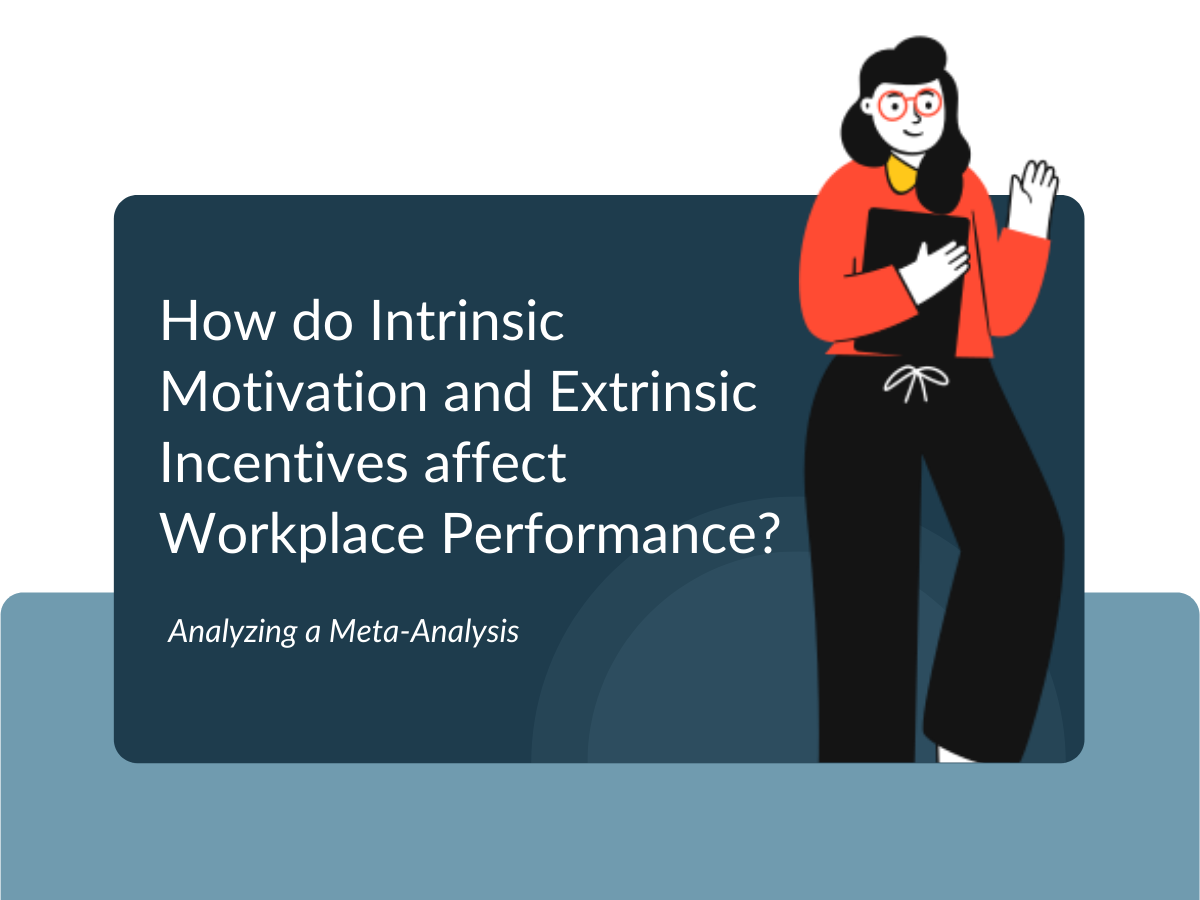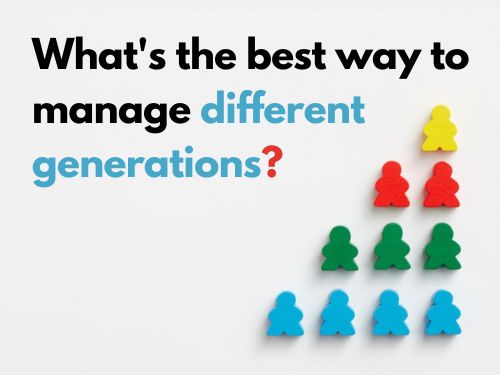In analyzing the study, we’ve pulled a few quotes that provide the basis for practical applications to help managers:
-
extrinsic motivation, meaning the use of very clear incentives, “narrows cognitive focus, strongly encourages behavior X, and intensifies behavior toward a goal”
-
“as incentives become larger … teamwork and creativity will be disincentivized, intrinsic motivation and its importance to performance will be crowded out, and unethical or counterproductive behaviors may become more likely”
-
“Tasks that are straightforward, highly repetitive, and perhaps even less inherently enjoyable, should be more closely linked to extrinsic incentives. For example, linking pay to performance has been found to improve productivity on relatively straightforward tasks, such as tree planting…”
We could have taken a much shorter version of this last quote, but we loved the mention of extrinsic motivation being appropriate for “tree planting”. The authors are clear, extrinsic motivation has a limited scope, and the types of work managers should think to use extrinsic motivation incentives as their primary motivational tool, are similarly limited. Just for work that is repetitive and straightforward.
But the world isn’t going in that direction; creativity and teamwork are the themes of our business generation. Many businesses struggle to improve their teamwork and creativity. If managers can ignore their urge to use incentives, and instead foster intrinsic motivation, they should expect higher levels of creativity and teamwork within their teams as a result.

What was really interesting from the study is rather than finding that incentives are not effective, it was actually the opposite. Incentives are too effective! They force out what is inherently joyful in an activity.
More WFH—and all the new complications it adds for organizations—means that managers need to increase teams’ well-being more than ever before. To help with that we should not base our team’s salary heavily on incentives. While the world needs more trees, very few of us are in the business of tree planting. As a motivational tool we should leave extrinsic motivation to the professional tree planters.
In other words, intrinsic motivation is gender neutral. The benefits intrinsic motivation brings to individuals and teams are the same for women and men. This, of course, seems intuitive but important to have spelled out very clearly in a research-based academic paper.
Some other cool, nuanced findings:
This bodes well for aging populations in developed countries. Is it that as we age, we grow to understand ourselves better? Ignore the ambitions that others have for us? Follow our own motivations more closely? Leading to better output? Knowing that intrinsic motivation levels seem to increase with age is comforting for this aging author.






